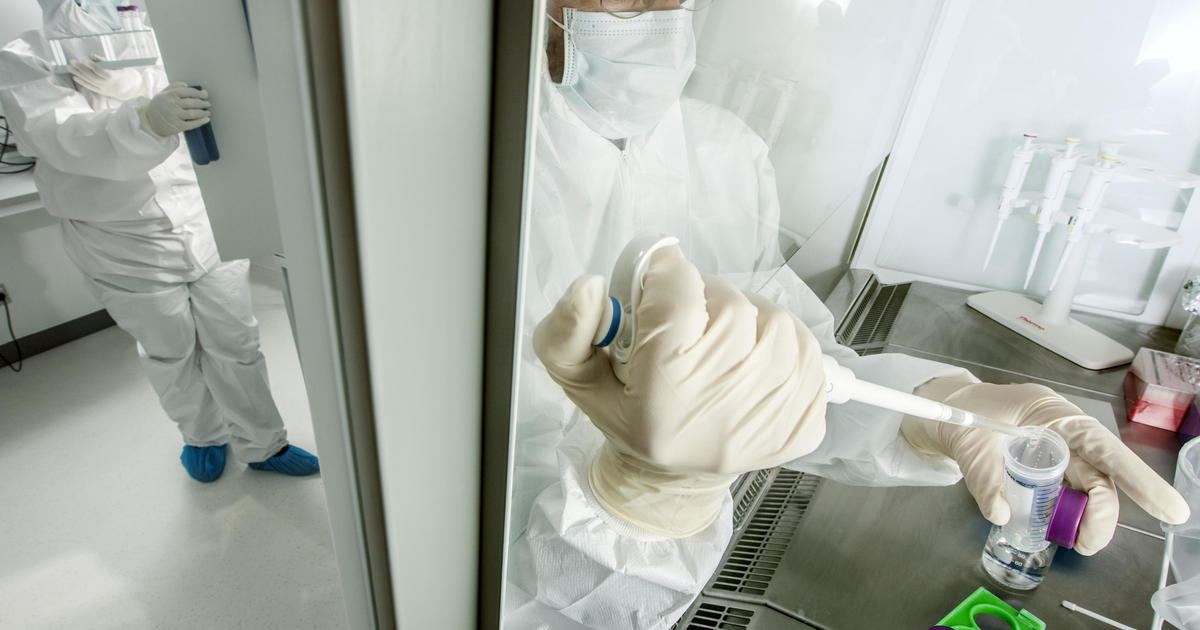
Ancient human DNA helps explain why northern Europeans have higher multiple sclerosis risk
CBSN
Ancient DNA helps explain why northern Europeans have a higher risk of multiple sclerosis than other ancestries: It's a genetic legacy of horseback-riding cattle herders who swept into the region about 5,000 years ago.
The findings come from a huge project to compare modern DNA with that culled from ancient humans' teeth and bones — allowing scientists to trace both prehistoric migration and disease-linked genes that tagged along.
When a Bronze Age people called the Yamnaya moved from the steppes of what are now Ukraine and Russia into northwestern Europe, they carried gene variants that today are known to increase people's risk of multiple sclerosis, researchers reported Wednesday.

Since ChatGPT was released just over two years ago, its use everywhere from the workplace to academia has expanded significantly. In schools across the country, teachers and administrators have been grappling with how to contend with this new tool. While some say it has benefits, others point out the negatives, like cheating.







